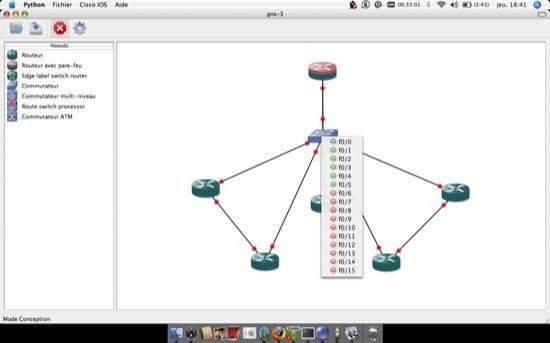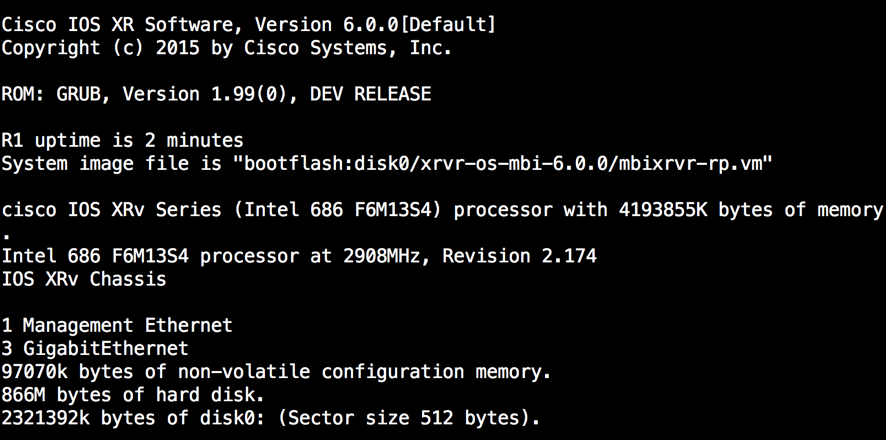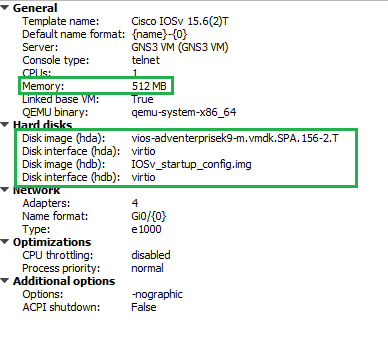


(See the Memory Usage Optimizations section for configuration options that can signficanly reduce memory utilization). Your OS will naturally cache in RAM the sections of the mmap files that are being used. In the working directory you will see temporary “ram” files equal to the size of the virtual routers’ RAM size. This is because by default Dynamips uses memory mapped files for the routers’ virtual memory. This will be the total working set size by default the amount of your system’s actual RAM used will typically be significantly less. Dynamips also allocates (by default) 64 MB of RAM / instance on Unix systems (16 MB on Windows systems) to cache JIT translations. If you intend to run an IOS image that requires 256 MB of RAM on a real 7200 router, and you devote 256 MB of RAM to your virtual router instance, it will allocate 256 MB of working set memory. Quickly check configurations to be deployed later on real routers.ĭynamips uses a fair amount of RAM and CPU in order to accomplish its emulation of the MIPS processor.Test and experiment features of Cisco IOS.It would allow people to become more familiar with Cisco devices, Cisco being the world leader in networking technologies. Be used as a training platform, with software used in real world.Purpose Īccording to Fillot, the creator, this kind of emulator would be useful to: The source code is licensed under the GNU GPL. Another popular add-on is GNS3, a graphical front end for Dynamips and Dynagen. One of the most popular is Dynagen, which is a front-end add-on that allows the use of an INI configuration file to provision Dynamips emulator networks.

Although Dynamips original development has been stalled since version 0.2.8-RC2, released in October 2007, development continues through the efforts of the GNS3 project and its volunteers Dynamips is now up to version 0.2.14-dev on Windows, Linux and OS X, and version 0.2.8-RC2 on Solaris.


 0 kommentar(er)
0 kommentar(er)
